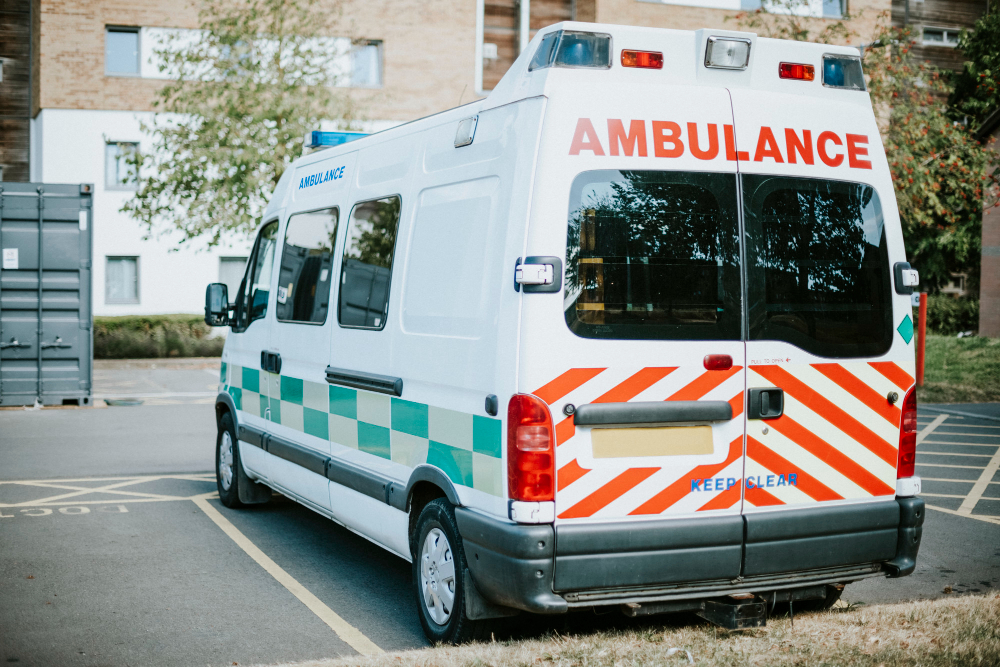Ambulance Services

Ambulance services are a crucial component of emergency medical care, providing rapid and reliable transportation for patients in need of immediate medical attention. These services ensure that patients receive timely and appropriate care during emergencies, significantly improving outcomes in critical situations.
Rapid Response and Transportation Ambulance services are designed to respond quickly to emergency calls, ensuring that medical help arrives promptly at the scene. Equipped with advanced life-saving equipment and staffed by trained paramedics and emergency medical technicians (EMTs), ambulances provide immediate care and stabilization for patients before and during transport to healthcare facilities.
Advanced Medical Support
Modern ambulances are equipped with state-of-the-art medical technology, including:
- Life-Support Equipment: Such as defibrillators, oxygen supply, intravenous fluids, and medications to handle various medical emergencies.
- Monitoring Devices: For tracking vital signs like heart rate, blood pressure, and oxygen saturation.
- Specialized Equipment: For handling trauma, cardiac emergencies, respiratory distress, and other critical conditions.
Types of Ambulance Services
Ambulance services cater to different levels of medical emergencies, including:
- Basic Life Support (BLS) Ambulances: Equipped for non-life-threatening emergencies, providing basic medical care and transportation.
- Advanced Life Support (ALS) Ambulances: Equipped for more severe medical emergencies, staffed with paramedics who can administer advanced medical interventions.
- Neonatal and Pediatric Ambulances: Specialized ambulances equipped to handle the unique needs of critically ill infants and children, often staffed with pediatric specialists.
Coordination with Healthcare Facilities
Ambulance services work closely with hospitals, trauma centers, and other healthcare facilities to ensure seamless patient handovers. Communication between ambulance teams and hospital staff ensures that the receiving facility is prepared for the patient’s arrival, allowing for immediate continuation of care.
Non-Emergency Medical Transport
In addition to emergency services, ambulances also provide non-emergency medical transport for patients who need to be transferred between healthcare facilities or require medical supervision during transport for treatments, appointments, or rehabilitation.
Community Outreach and Education
Many ambulance services engage in community outreach and education programs, teaching the public about emergency response, first aid, and the importance of timely medical intervention. These programs help build awareness and prepare communities to handle emergencies effectively.


